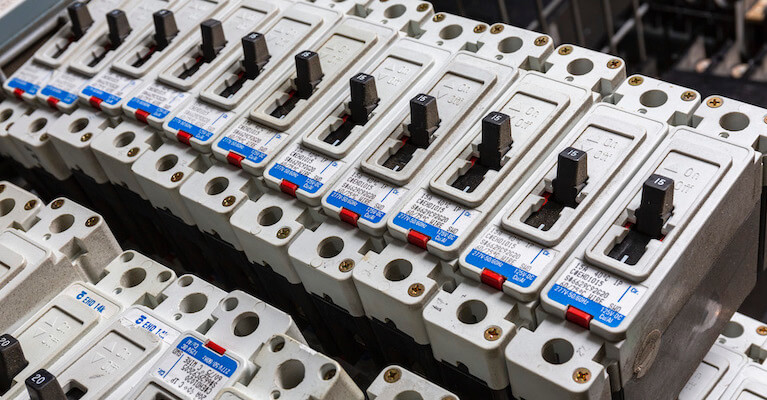synchro
Senior Member
- Location
- Chicago, IL
- Occupation
- EE
Just curious, how many do you need and what current ratings?Haven't found a source yet, Menards, Ace,... My supply house is searching for me but....
If you haven't tried already, you could ask your local Menards to order them, or get them from their other stores that have them in stock.



